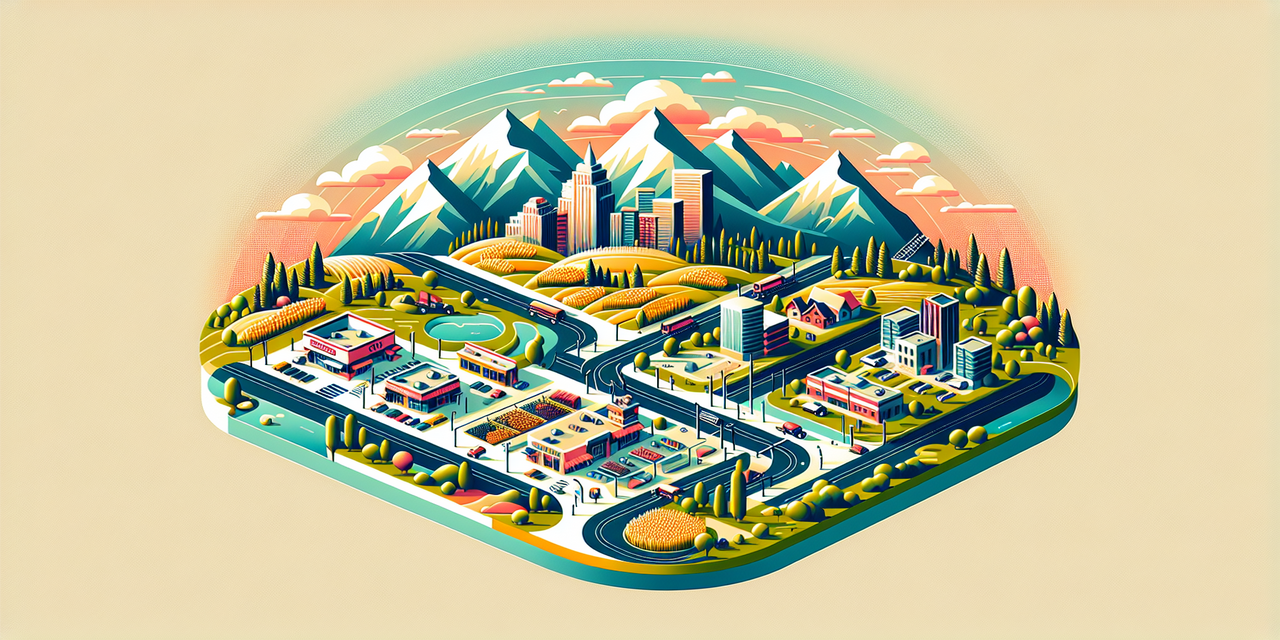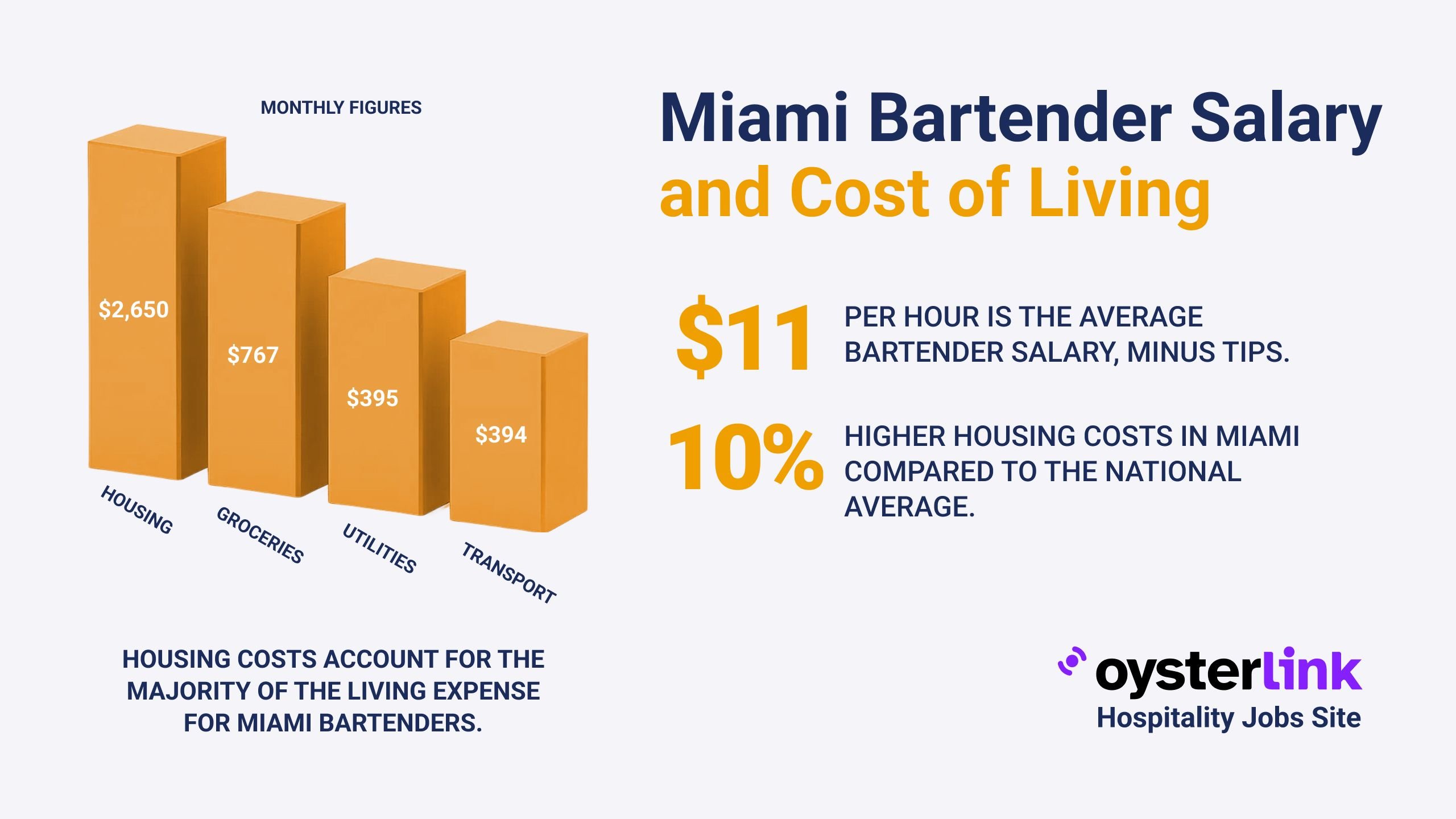Montana Cost of Living: Quick Takeaways
- Housing Costs: The average rent for a one-bedroom apartment in Montana is projected to reach $1,300 in 2025.
- Transportation Expenses: Public transit fares are low at $1.00 per ride and $30 monthly, with fuel priced at $3.40 per gallon.
- Utilities and Groceries: Utility costs are about 9% lower than the national average, while grocery expenses align with national norms at $417.55 monthly.
- Income Levels: The median household income in Montana is expected to be around $72,000 in 2025.
Montana offers a broad look at living costs, from housing to healthcare and taxes.
This article delivers a detailed breakdown of Montana’s cost of living for 2025 to guide residents and potential movers.
1. Housing Costs in Montana
Housing costs are a major part of living expenses in Montana. The average rent for a one-bedroom apartment has shown steady growth over the years:
- 2010: $700
- 2015: $850
- 2020: $1,000
- 2024: $1,200
- 2025: $1,300
This indicates a rising demand for rental properties in the state, contributing to overall housing costs.
For hospitality employers dealing with real estate-related expenses, understanding real estate market trends in hospitality can provide valuable insights for planning.
2. Homeownership and Real Estate Trends in Montana
For residents looking to buy a home, the median home price has increased significantly over the past 15 years:
- 2010: $200,000
- 2015: $250,000
- 2020: $300,000
- 2024: $386,354
- 2025: Projected at $400,000
The steady rise in home prices reflects Montana's growing real estate market and increasing demand.
3. Transportation Expenses in Montana
Montana's transportation costs are relatively affordable. Typical expenses include:
- Public Transit: One-way fares average $1.00, with monthly passes around $30.
- Fuel Costs: Gasoline is priced near $3.40 per gallon.
- Vehicle Maintenance: Annual maintenance is about $1,200.
These costs may vary depending on commute distances and transportation choices.
4. Utility Costs in Montana
Utility bills for a typical household include:
- Electricity: Around $97.84 monthly.
- Internet: Approximately $68.50 per month.
- Total Utilities: Averaging $255.69 monthly for all utilities combined.
These expenses are generally about 9% less than the national average, offering some savings to residents.
5. Grocery and Food Expenses in Montana
Groceries in Montana tend to be on par with national costs. Monthly grocery spending per person averages $417.55. Dining out costs include:
- Casual meal: $15
- Mid-range restaurant meal: $50
Food expenses reflect typical American pricing, balancing affordability with access.
For restaurant owners looking to optimize operations under these cost pressures, the best strategies to hire restaurant staff quickly can prove essential to maintaining service quality within budget.
6. Healthcare Costs in Montana
Healthcare expenses vary but include:
- Employer-sponsored insurance: Roughly $96.42 monthly per employee.
- Silver plan premiums: Around $636 monthly.
These costs can fluctuate based on coverage level and providers, matching national averages.
7. Educational Expenses in Montana
Education costs encompass various levels:
- Public schools: Tuition-free as funded by taxes.
- Private schools: Average annual tuition is about $10,000.
- In-state university tuition: Approximately $7,000 per year.
Costs vary depending on the institution and programs chosen.
8. Entertainment and Leisure in Montana
Entertainment options include:
- Movie tickets: $12 each.
- Gym memberships: Average monthly fee of $40.
- Mid-range dining: Meals costing approximately $50.
Annual entertainment spending averages $2,000, contributing to a balanced lifestyle.
9. Taxes and Miscellaneous Fees in Montana
Key tax rates include:
- State income tax: Ranges from 1% to 6.75%.
- Sales tax: Montana has no state sales tax.
- Property tax: About 0.69% on property value.
These taxes influence the overall cost burden on residents.
10. Childcare and Family Expenses in Montana
Families with children can expect the following average monthly costs:
- Daycare: Around $1,075.
- After-school programs: About $300.
- Extracurricular activities: Estimated $100.
These expenses can weigh heavily on family budgets and require careful planning.
11. Clothing and Personal Care in Montana
Residents spend approximately:
- Clothing: $100 monthly.
- Personal care products and services: $50 monthly.
These figures are consistent with average American spending habits.
12. Insurance Costs in Montana
Essential insurance premiums include:
- Health insurance: Around $636 monthly for a Silver health plan.
- Auto insurance: Approximately $1,034.70 annually.
- Homeowners insurance: About $1,200 annually.
- Renters insurance: $180 annually.
Insurance costs provide financial protection and are necessary expenses for residents.
13. Miscellaneous Expenses in Montana
Other annual expenses include:
- Entertainment: $2,000
- Personal care services: $600
- Miscellaneous goods and services: $700
These costs vary with lifestyle and personal choices across the state.
14. Income and Salaries in Montana
Median household incomes in Montana have risen steadily:
- 2010: $45,000
- 2015: $50,000
- 2020: $60,000
- 2023: $69,922
- 2025: Projected at $72,000
Rising incomes help offset growing costs in some areas.
Employers in hospitality sectors may find it useful to review strategies to address restaurant labor shortages, as income levels can impact hiring and retention.
15. Comparison with National Averages
Montana's cost of living relative to national averages shows:
- Overall cost of living: On par with the national average.
- Housing: 21% higher than national average.
- Utilities: 9% lower than national average.
- Food: About the same as national averages.
- Healthcare: Similar to national average.
- Transportation: 25% lower than national average.
- Goods and services: Approximately 10% lower than national average.
These comparisons highlight Montana's unique cost strengths and challenges.
Our Methodology for Montana Cost of Living Figures
Our data is compiled from trusted sources including government data, economic research institutions and reputable cost databases.
When specific figures were unavailable, reasonable estimates were used to provide a comprehensive picture of Montana's living costs in 2025.
Montana Cost of Living: Conclusion
Montana's cost of living in 2025 reflects a balance of affordability and rising housing costs, with utilities and transportation offering some savings.
Income growth has helped residents adapt to cost increases, making Montana a viable option for many seeking quality living at moderate expense.
Understanding these factors is essential for informed decisions about moving to or living in Montana, ensuring financial stability and lifestyle satisfaction.
For those considering employment in hospitality in Montana, exploring career resources such as the restaurant manager career guide or the bartender job description can help better understand job expectations and earning potential.

.png)

.png)
.jpg)